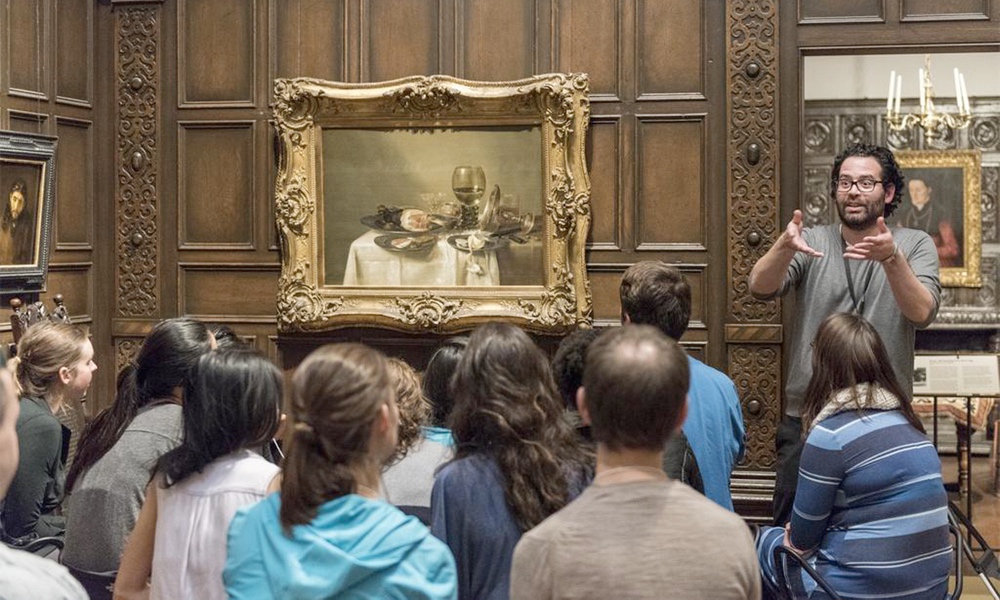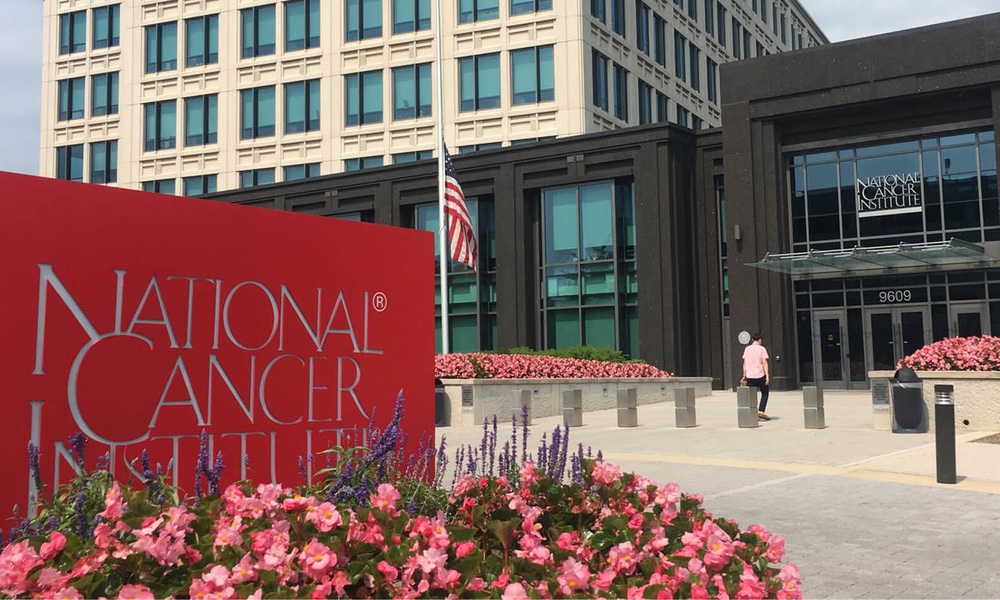Wouldn't it be nice if your doctor looked at you with the same care he or she might use to view a work of art? That's the idea behind a study published recently in the medical journal, Ophthalmology, and a class at the University of Pennsylvania in which first-year medical students are taught to experience and appreciate works of art by professional art educators.
A common complaint among patients is that their doctor doesn't really seem to pay attention to them. There have been suggestions that doctors now spend too much time looking at their computers and not enough time looking at their patients, and their powers of observation are suffering because of it.
Observation is an important part of diagnosis, so helping doctors sharpen their abilities when it comes to looking at their patients seemed like a good idea to an ophthalmologist who studied art college.“We hope that the improved observational abilities from this training will translate to improved clinical effectiveness, empathy and, ultimately, will make better physicians.”
Eighteen medical students took six art observation classes at the Philadelphia Museum of Art. The classes covered experiencing and appreciating art, not creating it. They included sessions in front of works of art, group discussions and training in visual arts vocabulary. The other 18 students received no formal art training.
All 36 took an observation skills test both before and after the course ended, a test that included evaluating photographs of people with eye disease.
Students who took the Artful Thinking course showed a significant improvement in their observational skills compared to the control group (+19.1 points vs. -13.5 points), and reported applying the skills they learned from the art course in clinically meaningful ways at medical school. “Art training could be helpful across many specialties, especially ones like ophthalmology, dermatology, and radiology, where diagnosis and treatments plans are based primarily on direct observation,” said pediatric eye surgeon Gil Binenbaum, an associate professor of Ophthalmology in the Perelman School of Medicine and senior author of the study, in a statement.
In addition to sharpening their powers of observation, students indicated that the course helped improve their ability to appreciate other people's viewpoints and their ability to empathize. Empathy is especially important when doctors treat patients who come from cultures or backgrounds that differ greatly from their own, increasing the likelihood that doctor and patient will understand each other.
“The results of this study are incredibly encouraging, showing that art observation training can improve medical and ophthalmological observational skills,” said Gurwin. “We hope that the improved observational abilities from this training will translate to improved clinical effectiveness, empathy and, ultimately, will make better physicians.”
The University of Pennsylvania's Perelman School of Medicine will be offering the Artful Thinking course to first-year medical students during the 2017 fall semester.





